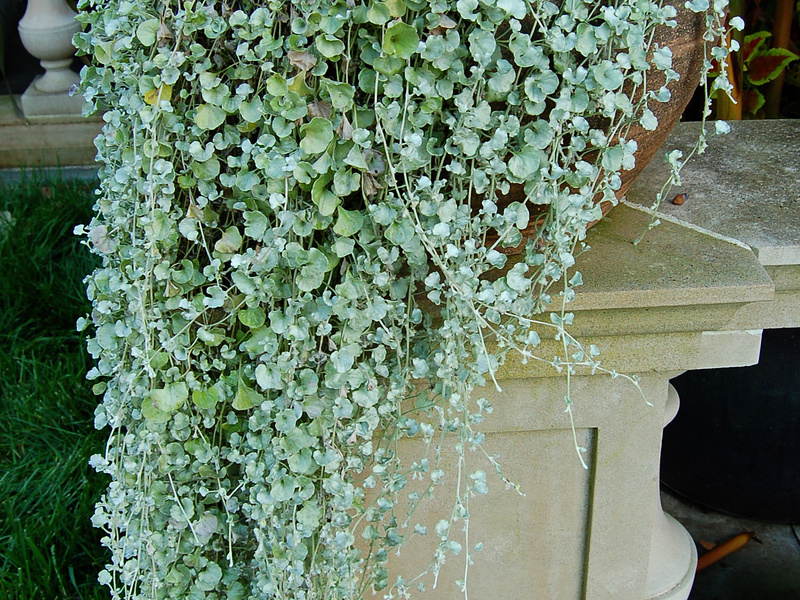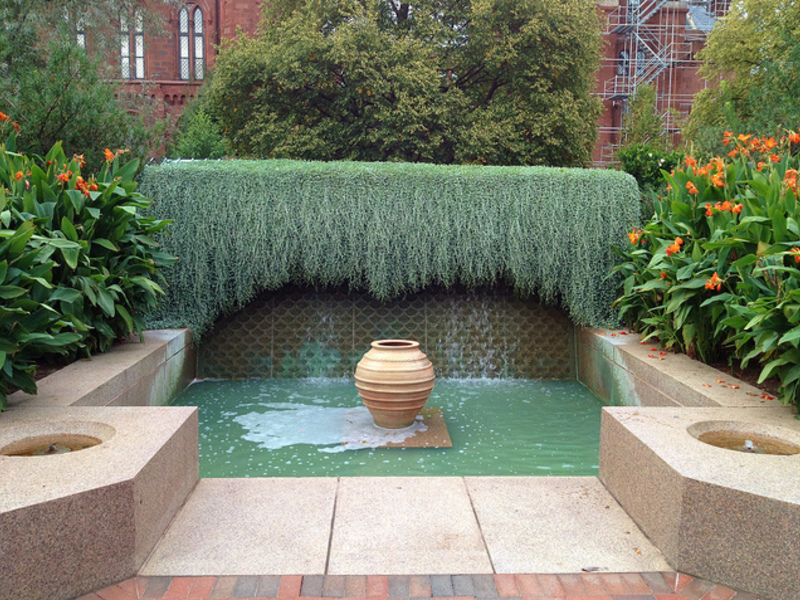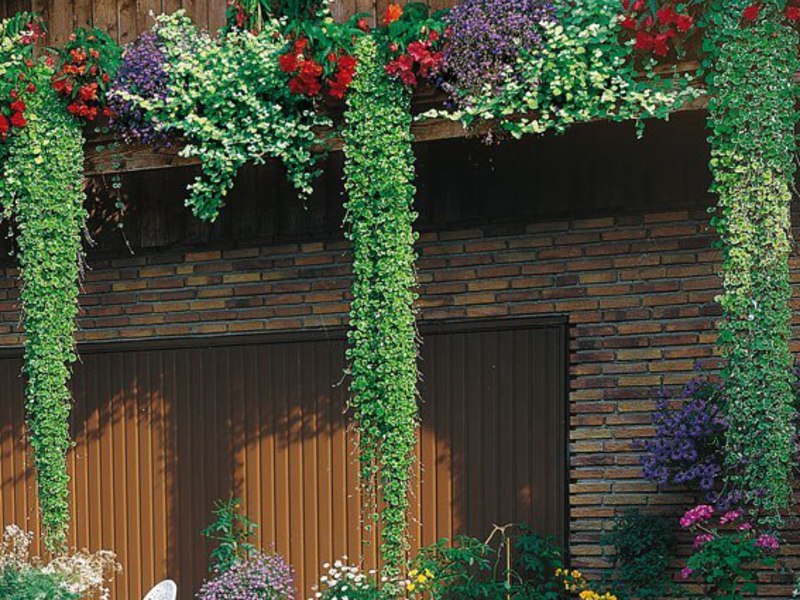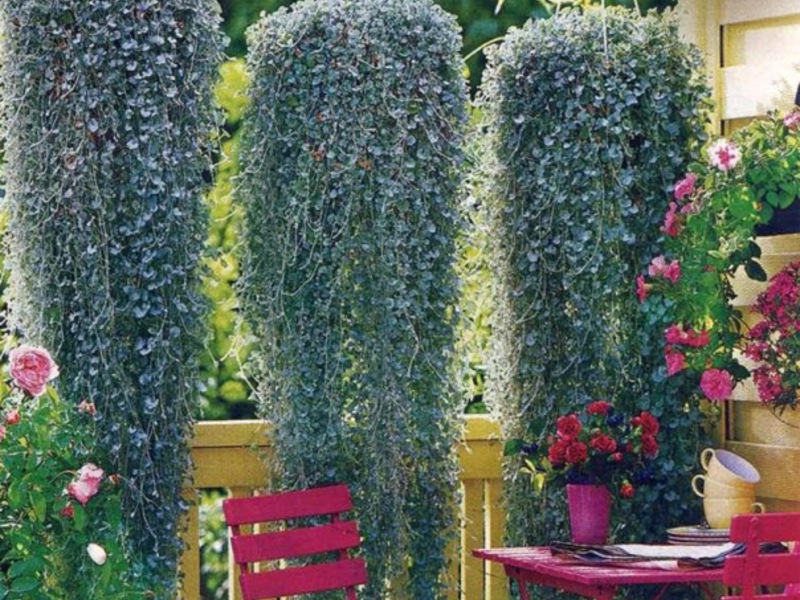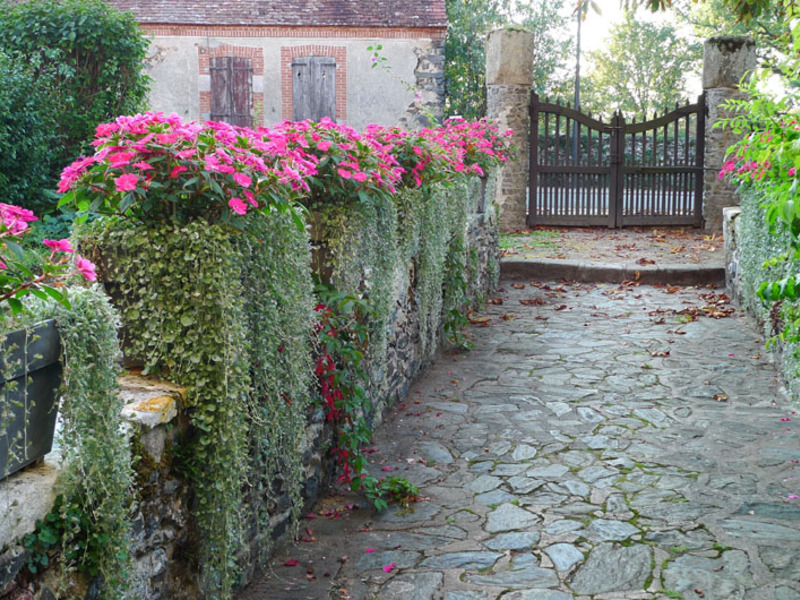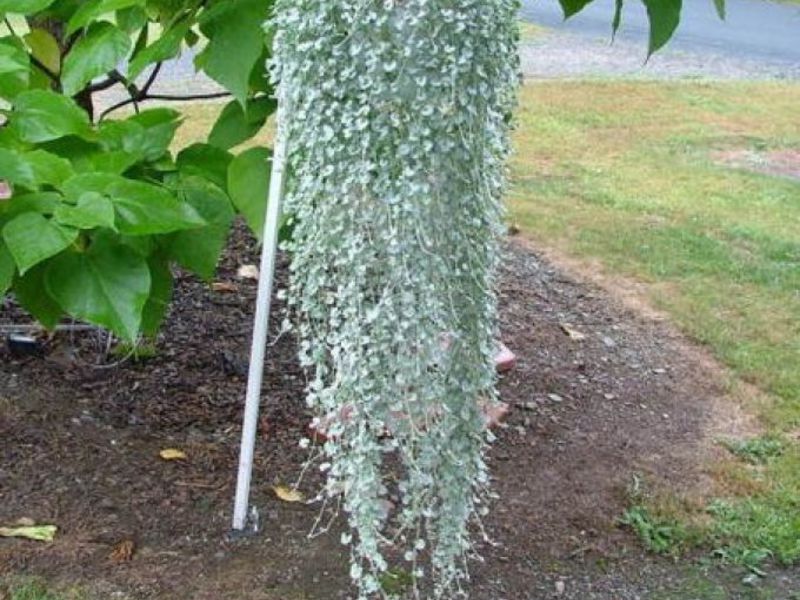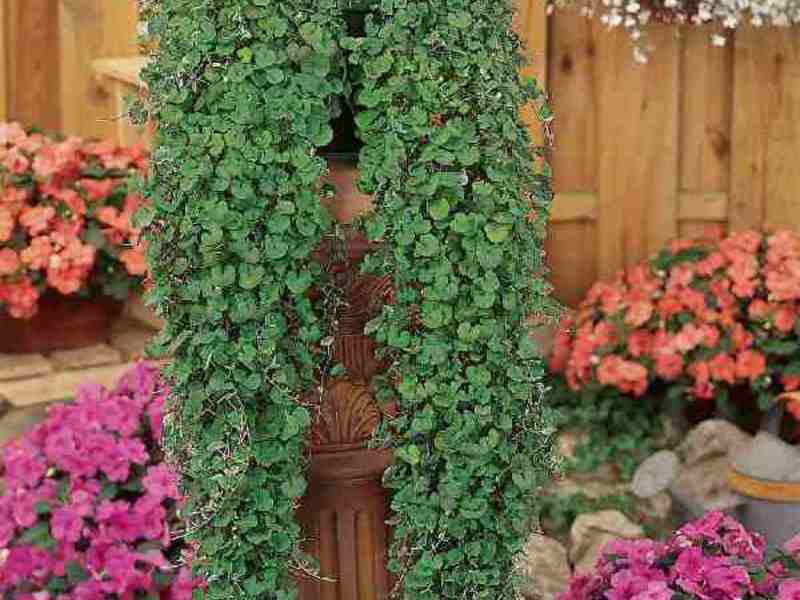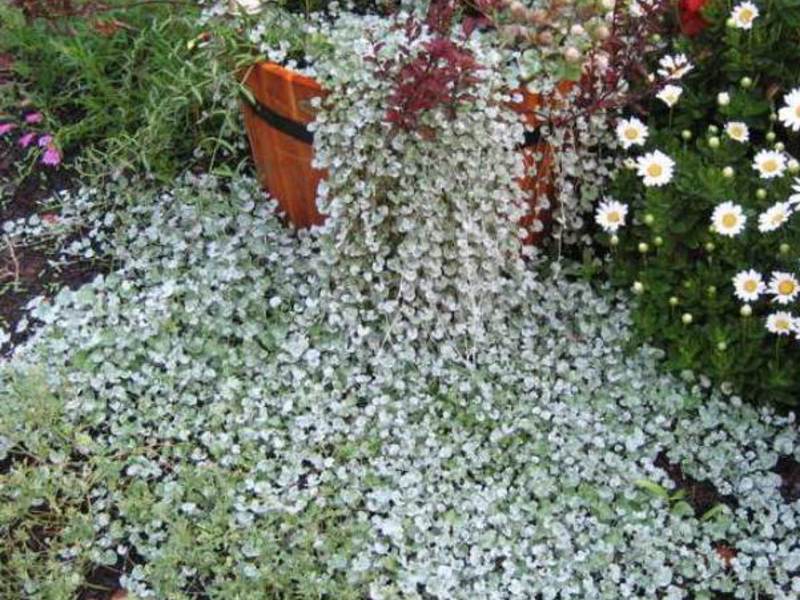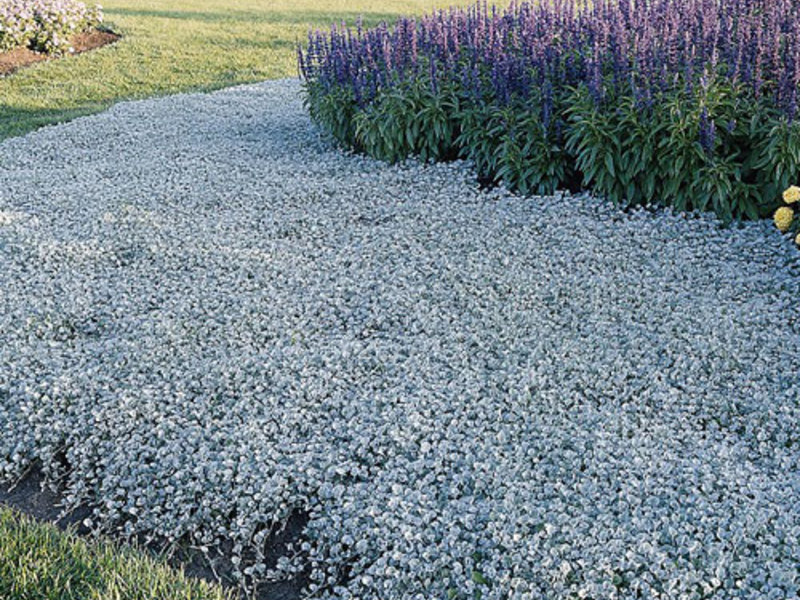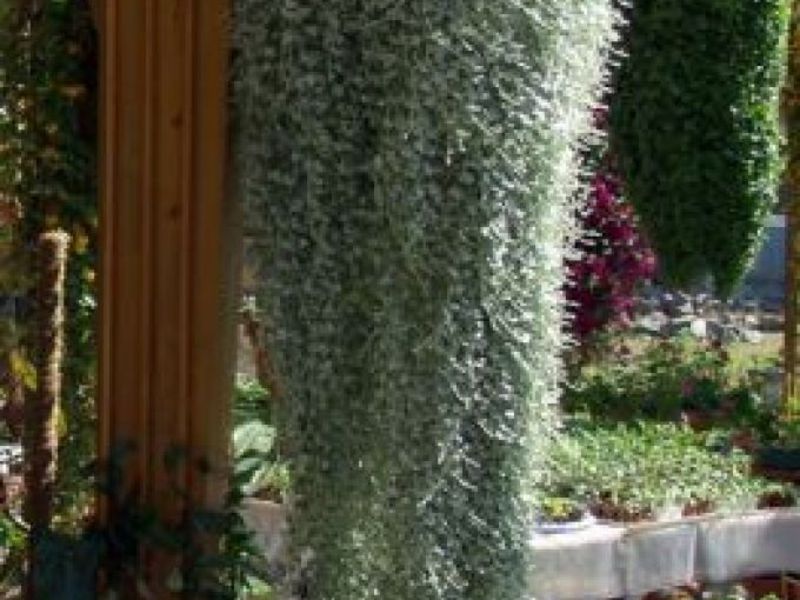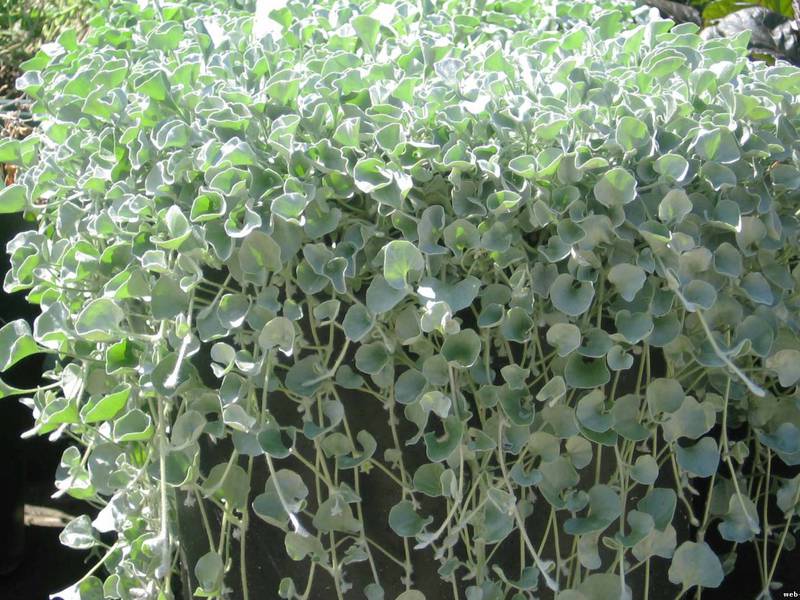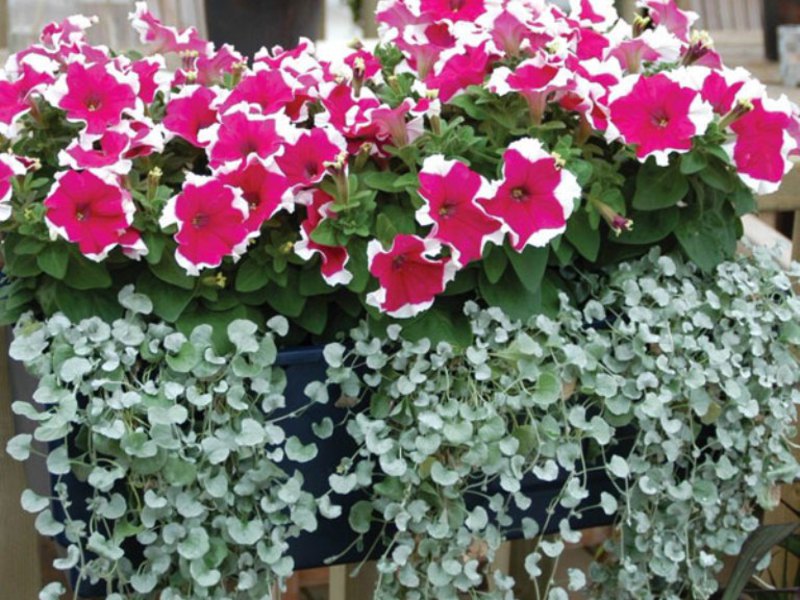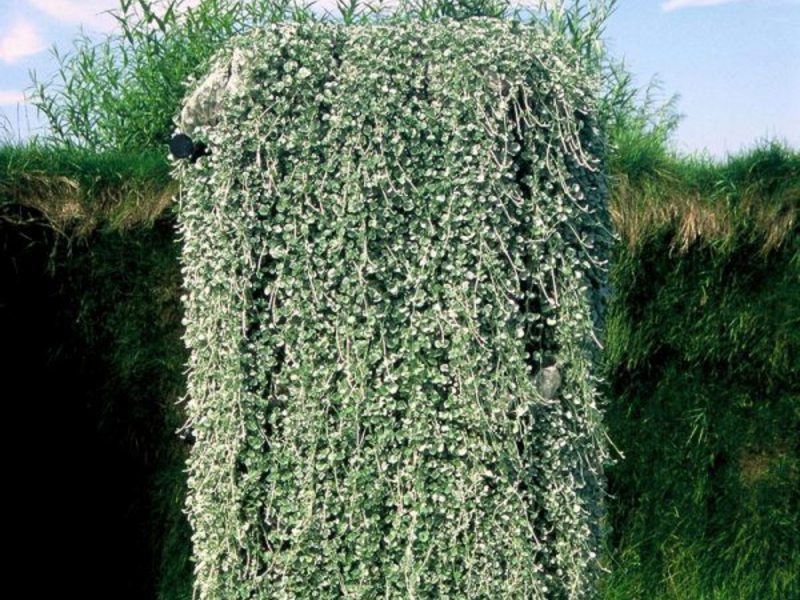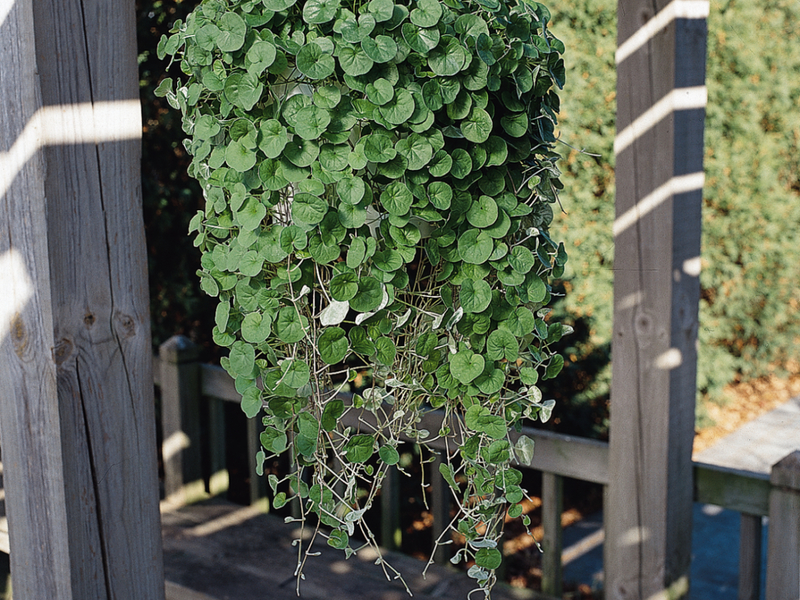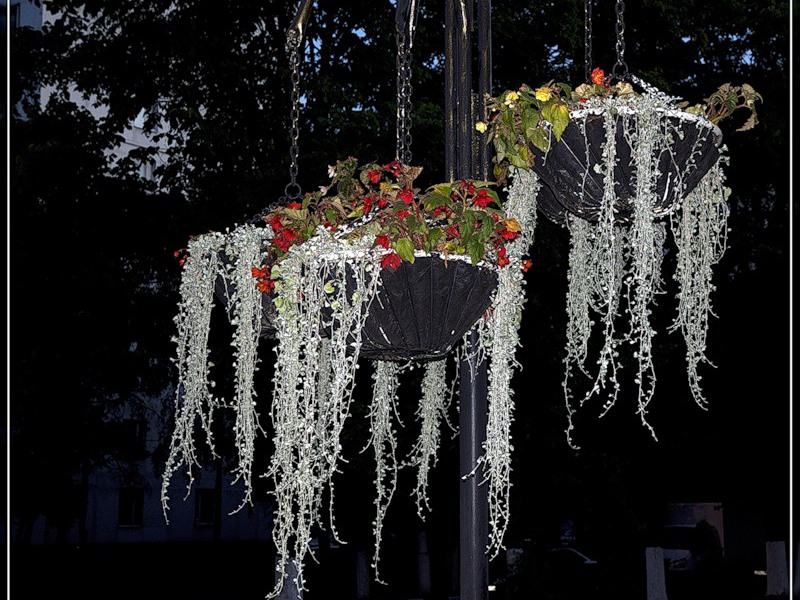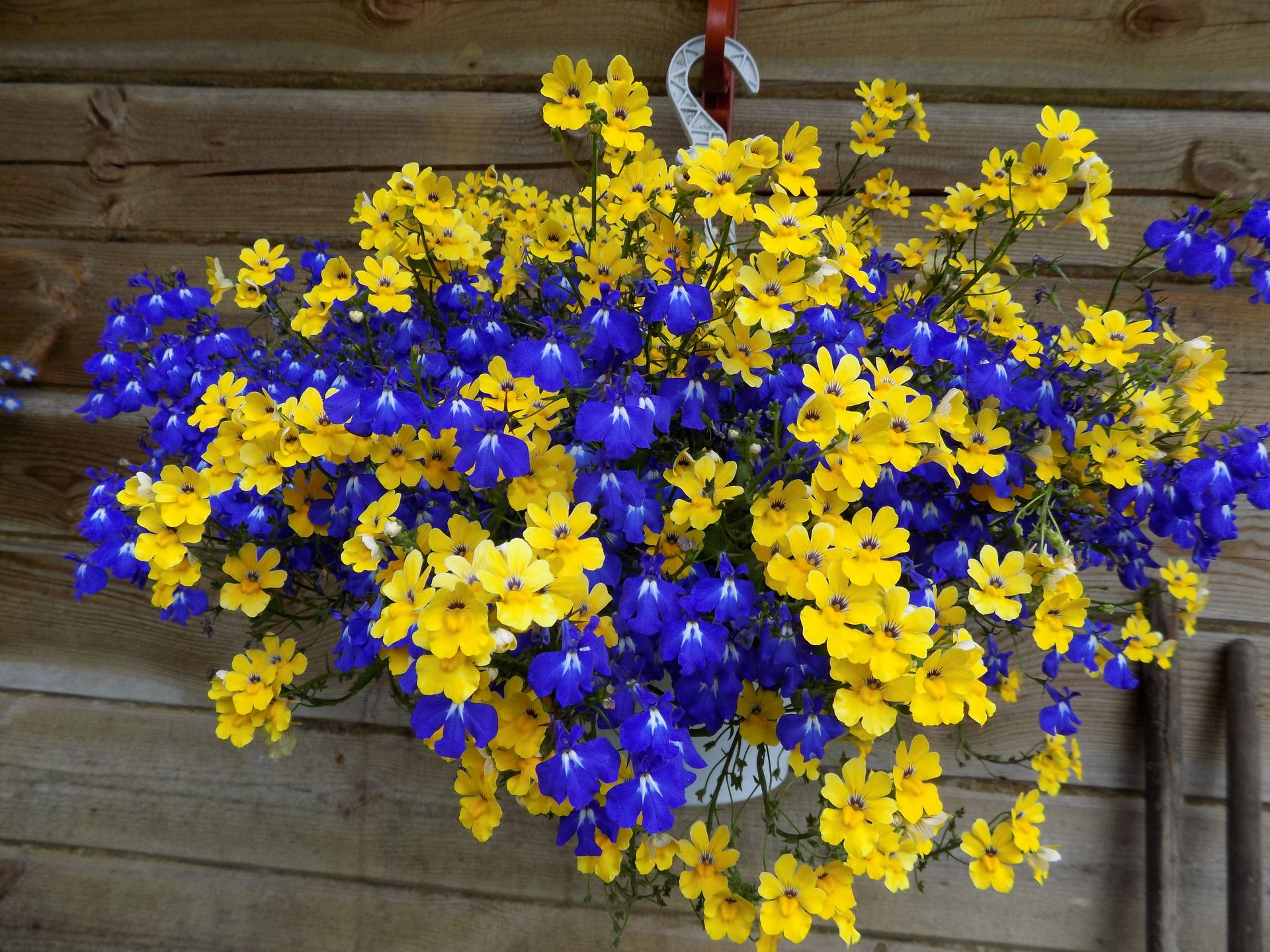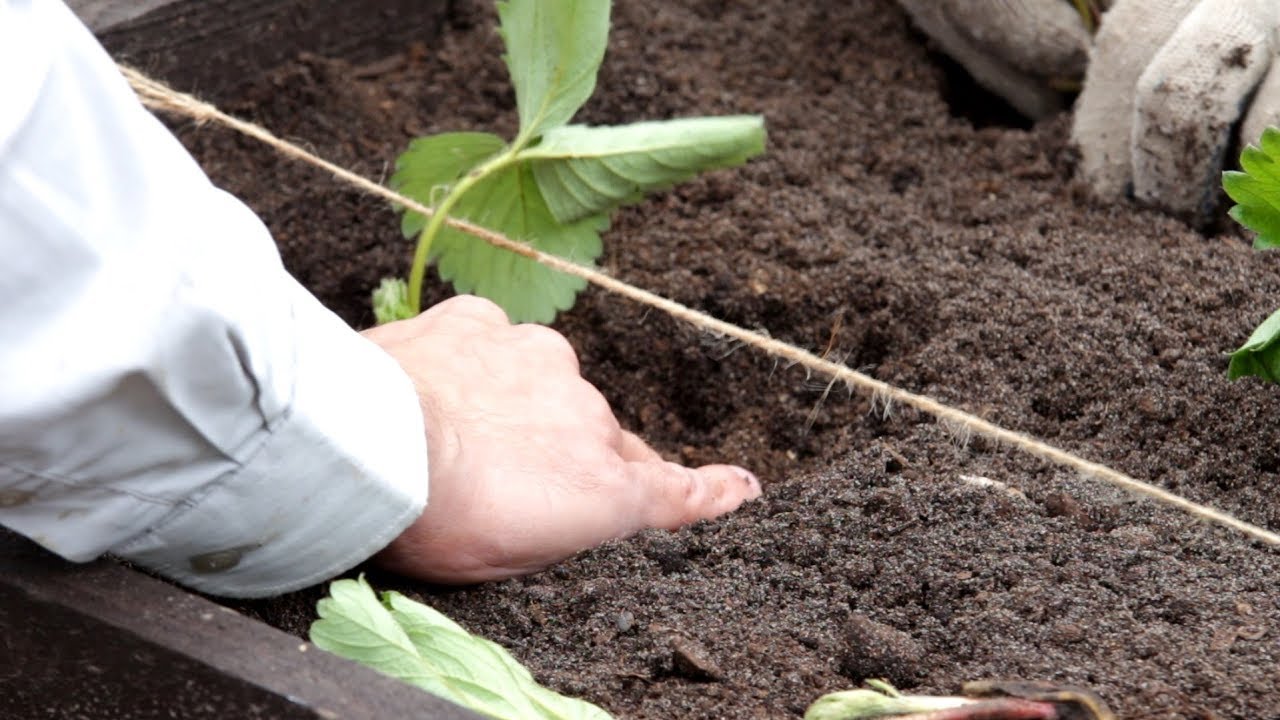An exquisite and beautiful ornamental plant dichondra will ideally decorate a loggia, balcony, veranda and even a personal plot. With its help, you can create a shade on the veranda, correctly form a flower garden, cover the soil in flower beds and alpine hills, and plant a garden plot. Planting and caring for dichondra is not difficult, which is why it is popular among gardeners.
Content
Dichondra flower - features and varieties with a photo
Dichondra is gorgeous ampel perennial, growing in nature in well-humid and marshy places. Its creeping stems grow up to one and a half meters, and can create a solid carpet.
Decorative curly vines of dichondra are densely covered with leaves with a silky edge. They can be silvery or bright green, depending on the variety.
In summer, the plant periodically blooms with nondescript, dull, barely noticeable flowers. They can be green, yellow or white and can be up to three millimeters in diameter.
Popular types of dichondra
The number of species of this ampelous plant is not exactly known until now. Most popular with gardeners, florists and landscape designers two famous varieties.
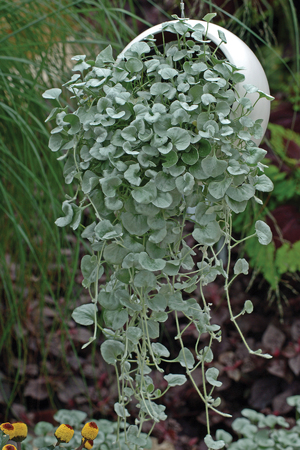 Dichondra "Emerald Falls" is distinguished by not very long stems and green leaves up to 3 mm long. Its small, rich yellow-green flowers can bloom throughout the summer. The ampel plant is native to New Zealand, where it is considered a weed. In some countries, dichondra is used as a lawn cover that does not require mowing. It is also ideal for creating garden sculptures and decorating walls and fences. The Emerald Waterfall variety loves light shading, but can also grow in open sunny areas. Regular spraying of the plant with settled water will increase the turgor of the leaves and give the flower freshness. Growing dichondra "Emerald Falls" from seeds will not be difficult, and picky in care.
Dichondra "Emerald Falls" is distinguished by not very long stems and green leaves up to 3 mm long. Its small, rich yellow-green flowers can bloom throughout the summer. The ampel plant is native to New Zealand, where it is considered a weed. In some countries, dichondra is used as a lawn cover that does not require mowing. It is also ideal for creating garden sculptures and decorating walls and fences. The Emerald Waterfall variety loves light shading, but can also grow in open sunny areas. Regular spraying of the plant with settled water will increase the turgor of the leaves and give the flower freshness. Growing dichondra "Emerald Falls" from seeds will not be difficult, and picky in care.- Dichondra "Silver Falls" is a plant with silvery leaves, which are located on rather long branches. It is mainly used as a pot plant for decorating rooms, garden corners, loggias, gazebos, verandas. The plant does not require a large amount of daylight, however, when shaded, its leaves may lose their decorative effect. For its decorative qualities, ease of care and resistance to diseases, dichondra "Silver Waterfall" was awarded a medal.
The ampelous dichondra in the regions of our country, garden plots, balconies and loggias can only be decorated seasonally, since the plant is thermophilic... But some gardeners bring it home for the winter, thereby protecting it from frost.
Methods for growing dichondra
There are two ways to propagate an ampelous plant:
- layering;
- seeds.
Reproduction by layering
it the easiest way to grow dichondra. For this it is enough:
- In spring or autumn, cut off five to seven cuttings and place them in a container of water for rooting.
- After about a week, when the roots appear, the stems are planted in three pieces in containers filled with soil.
- After a month, the plants are planted in pots, in which they will constantly grow.
The result is a beautiful and lush ampelous plant.
Dichondra ampelous - growing from seeds
You need to sow dichondra in late January - early March. It all depends on when the plant is needed for landscaping. Dichondra enters its full beauty four months after the appearance of the first shoots. Therefore, if a plant is hung out on a glazed loggia in early May, then sowing will need to be done in early January.
When growing dichondra from seeds, it is necessary follow some recommendations:
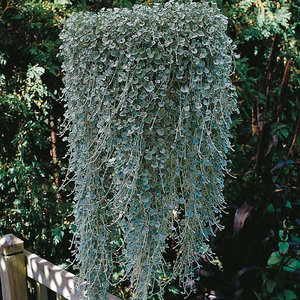 Seeds are planted to a depth of no more than 5 mm.
Seeds are planted to a depth of no more than 5 mm.- The soil for the plant should consist of fertile soil and sand.
- Sprinkled with earth and watered seeds are covered with glass or polyethylene. In this case, greenhouse conditions will be created, and the seedlings will sprout together.
- At a temperature of 25C, the first shoots will appear in 10-12 days. Then it will be possible to remove the polyethylene, and put the container with seedlings on the windowsill or other bright place.
- After 2-3 true leaves appear on the seedlings, they will need to be cut out.
- Seedlings can be planted in three pieces at once in a pots in which the plant will grow constantly. As they grow, the plant is bent to the ground, where they give more roots and new shoots. As a result, a dense dichondra bush will form in two months.
If you want to get the desired shape of the plant, it shoots should be trimmed periodically.
Growing from emerald dichondra seeds
The Emerald Falls dichondra grown from seeds is widely used for decorating lawns. To do this, on a lawn located in a sunny area, the soil is dug up and moistened, which should be loose. Seeds are sown, trampled, and watered. The moisture content of the soil must be monitored all the time until the seedlings sprout. Then the care of such a lawn will consist in its regular watering and fertilizing with nitrogen fertilizers.
Planting is recommended in spring or autumn. Seeds per square meter of land will need about 10 grams.
Planting and caring for a decorative vine
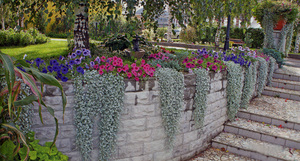 Dichondra herbaceous shrub grows in nature on well-moistened soils at high temperatures. Therefore, it is necessary to plant the plant in open ground or take out the pots outside only after the air temperature is established. within the range from 16C to 26C.
Dichondra herbaceous shrub grows in nature on well-moistened soils at high temperatures. Therefore, it is necessary to plant the plant in open ground or take out the pots outside only after the air temperature is established. within the range from 16C to 26C.
Dichondra with silvery leaves loves a lot of light, so it is placed in sunny areas. At home, this should be a south-facing window. With a lack of light, the silvery foliage will simply turn green, the shoots will stretch out, and the leaves are crushed. As a result, the branches will become bare, and the plant will be less decorative.
Dichondra can grow on almost any soil. But most of all she loves well drained loamy soil... When moisture stagnates, the surface roots can begin to rot.
With proper care, the herbaceous shrub can retain its amazing decorative effect for five to seven years.
- The earthy lump in which the dichondra grows should not dry out. However, excess moisture is also harmful to the plant. The soil should be moderately moist at all times.
- Watering should be done in the evening. This will prevent burning the leaves.
- The high humidity that the plant loves can be achieved by regularly spraying the leaves. This daily routine will help build up leaf mass and speed up the growth process.
- When caring for dichondra, an important point is its feeding.Timely application of organic and mineral fertilizers is required. You need to feed the plant once a week, alternating mineral fertilizer with a high nitrogen content and organic matter (for example, "Ideal").
- Pruning is required to form a dense crown and when preparing the plant for winter. To cause branching of dichondra, its stems need to be cut 7-8 cm.
- For autumn-winter, shrubs need to be brought indoors, and gradually reduce watering. However, you should be aware that a lack of moisture can lead to the death of the plant. During the winter period, the room should have enough light and heat. Root feeding should be carried out no more than once a month.
- The ampelous dichondra is resistant to damage by pests and diseases. This weed adapted to any conditions can only be affected by a nematode. It must be fought with all available means.
Dichondra in landscape design
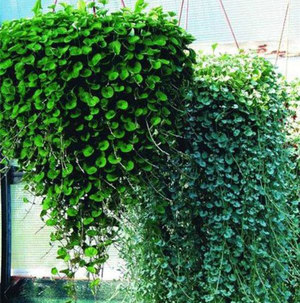 Comfortable conditions on the loggia or in the gazebo can be created using the familiar green foliage of the emerald dichondra. The same type of plant is suitable for covering soil in the garden.
Comfortable conditions on the loggia or in the gazebo can be created using the familiar green foliage of the emerald dichondra. The same type of plant is suitable for covering soil in the garden.
Silver dichondra will look unusual on an alpine slide. A beautifully planted plant will give the impression of water running among the stones. The silvery shade of the herbaceous shrub, when exposed to the sun, glares and looks simply amazing. It will be the perfect backdrop for brightly flowering plants.
A dahlia, petunia or bindweed planted in a flowerpot, around which a dichondra will grow, will look spectacular. An amazing composition can be made by alternating both types of ampelous plants.
Decorating walls, fences, alpine slides or verandas with dichondra on your garden plot, do not forget that the ampelous plant grows well at home. With proper planting and care, dichondra will create the most sophisticated interior.
